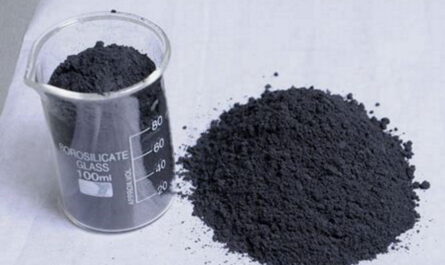Researchers have developed a novel approach to enhance the durability of fuel cells by creating fatigue-resistant membranes. These membranes, made from a combination of Nafion and perfluoropolyether (PFPE), are designed to withstand the repetitive expansion and contraction that occurs during the operation of fuel cells, ultimately leading to cracks and failure.
Fuel cells rely on a polymer electrolyte membrane to separate the electrodes and facilitate the flow of protons while preventing the movement of electrons, hydrogen, and oxygen molecules. However, the inconsistent operation of fuel cells during acceleration and deceleration can cause the membrane to deform over time, resulting in the formation of cracks. This allows hydrogen to pass through the membrane, leading to operational failure.
Previous methods to address this issue, such as radical scavengers and hydrocarbon electrolyte membranes, have only offered partial protection against cracks. In this study, led by Associate Professor Sang Moon Kim from Incheon National University and Professor Zhigang Suo from Harvard University, researchers developed a fatigue-resistant membrane by incorporating PFPE into the Nafion membrane.
The Nafion-PFPE membranes were created by using an interpenetrating network of the two materials. Nafion, a commonly used plastic electrolyte with proton-conducting properties, was combined with PFPE, which forms a durable, rubbery polymer network. While the addition of PFPE slightly decreased electrochemical performance, it significantly increased the fatigue threshold and lifespan of the membrane.
Comparing the newly developed Nafion-PFPE membrane with the original Nafion membrane, the researchers found that the fatigue threshold was elevated by 175% and the fuel cell’s lifespan was extended by 1.7 times. The composite membrane showed a lifespan of 410 hours, compared to the 242 hours observed with the unmodified Nafion membrane. These results demonstrate that incorporating a rubbery network can improve fatigue resistance and overall lifespan, albeit with a slight decrease in electrochemical performance.
The implications of this study go beyond fuel cell applications. The fuel cell system with enhanced stability, durability, and performance can revolutionize various industries, including fuel cell vehicles, drones, personal air vehicles, backup power sources, forklifts, bicycles, and scooters. Moreover, the strategy for enhancing fatigue resistance can be applied to ion filters, battery separators, and actuation systems, opening up opportunities in desalination filters, flow battery separators, lithium metal battery separators, and artificial muscles.
By improving the durability of fuel cell membranes, this research brings us closer to a future where fuel cells can thrive in demanding operating conditions, providing a reliable and sustainable energy source for a wide range of applications.
*Note:
1. Source: Coherent Market Insights, Public sources, Desk research
2. We have leveraged AI tools to mine information and compile it




